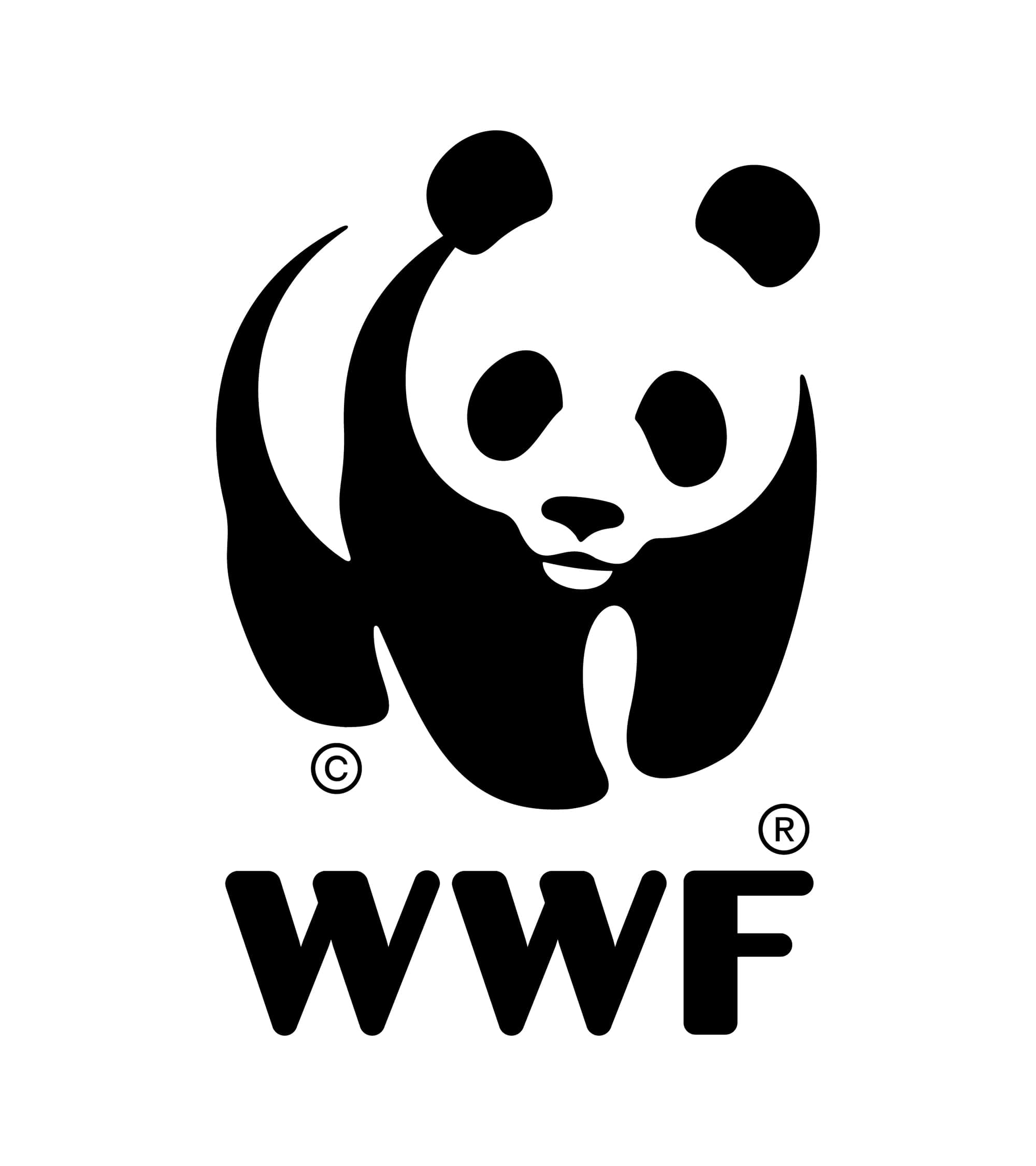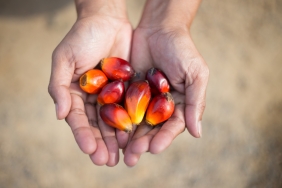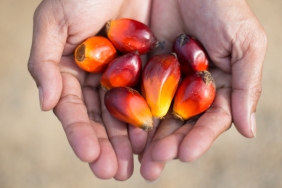WWF INITIATIVE FOR EQUITABLE "GREEN" PRODUCTS
By: Masayu Yulien Vinanda
Jakarta (27/07)-The large natural potential around conservation areas and the high level of dependence of communities around the area on natural resources have encouraged WWF to provide assistance to farmers and local communities. This assistance is carried out to encourage and ensure the sustainable management and marketing of natural resources.
This effort has produced several superior products including coffee, honey, rice, and so on. As a strategy in order to synergize these community empowerment activities, provide extra enthusiasm to farmer groups or community groups, and link environmentally friendly products produced by communities around conservation areas, WWF developed the "Green and Fair Products" initiative.
According to WWF-Indonesia's Senior Social Development Adviser Christina Eghenter, the Green and Fair Products initiative seeks to conserve conservation areas and the natural resources they contain while also helping the communities that deserve to benefit from the conservation areas in which they live.
"The green aspect alone is not able to answer the increasingly complex conservation challenges, especially how the living conditions of communities around conservation areas, which in fact still face difficulties in finding or fulfilling their needs. So the element of fairness as a social dimension of the community is also important. We try to combine two dimensions that are actually one, the importance of the environment, but also the importance of humans who live and depend on the environment," he added.
Through the sustainable initiative, WWF assists in innovating and developing production, promoting environmentally friendly community products, and connecting producers with companies or retailers.
Producers who are community groups have the responsibility to ensure that the products they produce have met the criteria of Green and Fair, the criteria that WWF has agreed with the producer community groups. "For coffee, for example, it must meet the criteria of Green and Fair.
"For coffee, for example, it must be organic and not use pesticides or chemicals, as well as rice. Then the products are also not products that come from conservation areas but from buffer areas, so the value of "green" here is clear. Then the fair aspect includes the price that producers get must be in accordance with the market price. This means considering the cost of producing the product, and then it must also be shared fairly with the group, so no middle man or middle person is cut, so the marketing chain is shortened," Christina explained.
The social dimension of the initiative is also evident in the effort to mobilize more "vulnerable" groups such as mothers. Although many mothers are entrepreneurs, according to Christina, their opportunities to introduce their products are still limited. Through the Green and Fair initiative, this group is facilitated and assisted to develop their entrepreneurship skills. The role of these groups can be seen in the production of Kuyungarang ground coffee in Sekar Sedayu Village, Lampung, mat and bead crafts by women's groups around Betung Kerihun National Park, West Kalimantan, and eucalyptus oil in Wasur National Park, Merauke.
Green and Fair Products campaign. Through this public education campaign, WWF hopes to shape environmentally friendly consumption behavior that is fair.
"How many kilos of rice sold or how many liters of honey produced is not the main target of this campaign. What is more important is how the public chooses products. How do we educate them to start paying attention to where the product comes from, what it is made like, who sells it, if I buy the product what are the implications, who am I helping. If I buy that product, does it damage the nature or not. Those are the things we want to touch through this campaign," Christina concluded.





